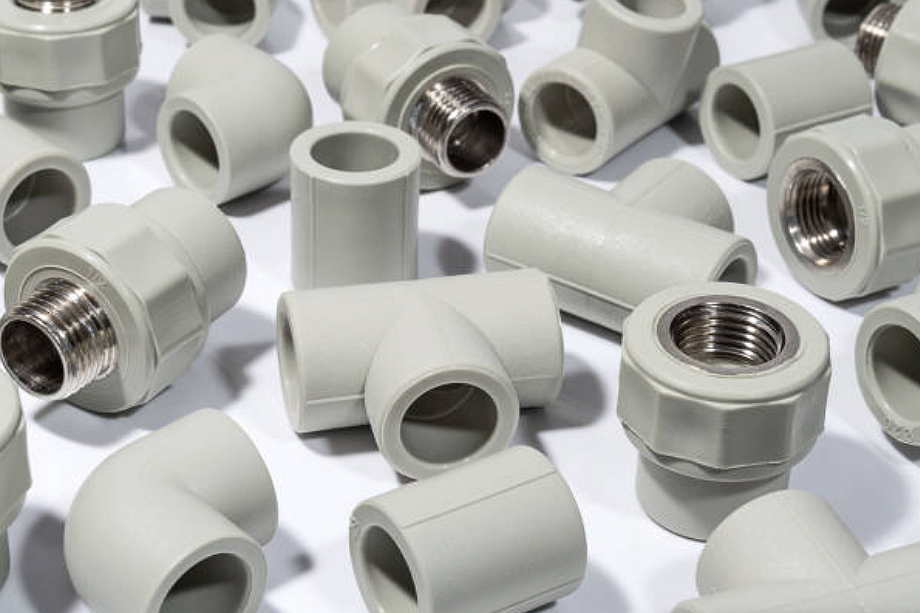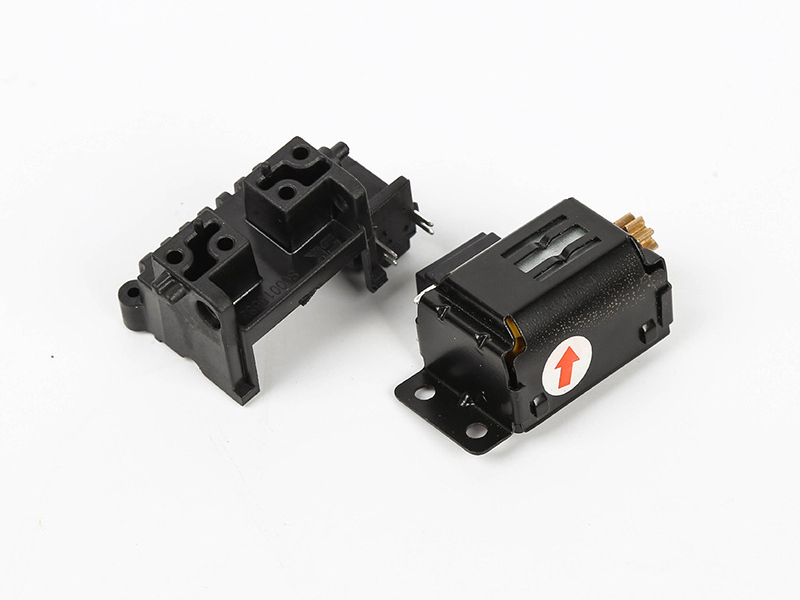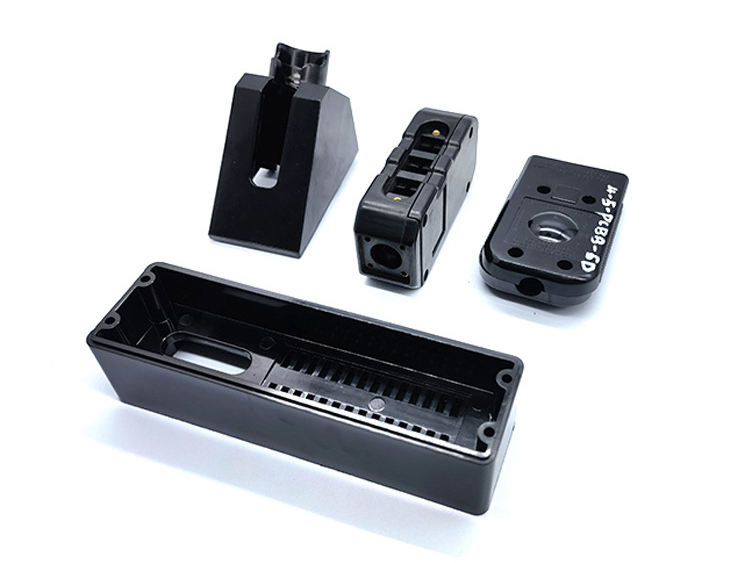What Is Insert Molding, and How Does It Simplify Manufacturing?
Understanding Insert Molding
Insert molding is a hybrid injection molding process where pre-formed components—usually metal inserts—are placed into a mold before molten plastic is injected around them. The result is a single, integrated part that combines the strength of metal with the design flexibility of plastic. This method is widely used across various industries, including automotive, medical devices, and consumer electronics, to produce durable components with enhanced performance and reduced assembly requirements.
How Insert Molding Simplifies Manufacturing
Unlike traditional assembly methods that require separate bonding or fastening, insert molding creates a mechanically strong bond between the insert and surrounding polymer in a single molding cycle. This eliminates multiple production steps, reduces part count, and minimizes labor costs. When used in conjunction with plastic injection molding techniques, manufacturers can achieve tight dimensional tolerances and consistent quality across high-volume runs.
Material and Design Flexibility
A variety of materials can be used in insert molding, ranging from engineering plastics such as nylon (PA), PBT, or polycarbonate (PC) to specialized thermoplastics for high-temperature or high-strength applications. Inserts typically include brass, stainless steel, or copper alloy pins that can be precisely machined through CNC machining prototyping before being molded in place.
Industrial Applications
In the e-mobility and telecommunication sectors, insert molding is favored for its ability to integrate electronic connectors, threaded inserts, and EMI-shielded housings. The resulting parts exhibit superior vibration resistance, electrical conductivity, and thermal stability. By leveraging prototyping services early in the development process, engineers can validate the fit and functionality before full-scale production.
Enhanced Product Integrity and Aesthetics
Because inserts are molded directly into the substrate, the risk of misalignment or component loosening is virtually eliminated. The technique also improves part aesthetics by removing external fasteners and achieving smooth, continuous surfaces—ideal for consumer-facing products. Combined with surface treatments like plating or anodizing, the final parts are both functional and visually refined.



